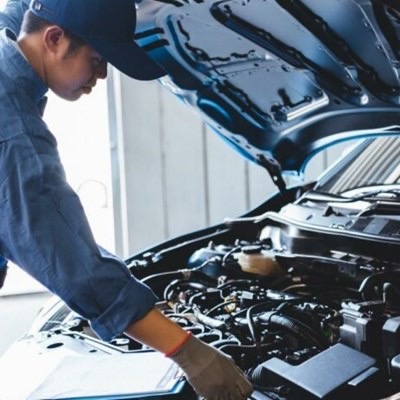MOTORING NEWS – “If you are serious about your health and what you put into your body, why compromise on what parts you fit to your car?” says Vishal Premlall, national director of the Tyres Equipment Parts Association (TEPA), a proud association of the Retail Motor Industry Organisation (RMI).
According to the Automobile Association of South Africa (AA), road deaths (averaging 14 000 per year) are “a national crisis”. Over the 2021/22 festive season alone, 1 685 people died in road accidents on South Africa’s roads.
Apart from factors like distractions, drunk driving, speeding and bad road conditions, poorly maintained vehicles are a leading cause of accidents.
Ferose Oaten, national director of the Vehicle Testing Association (VTA), concurs saying when one compares South Africa to the other BRICS countries, and the rest of the developed world, South Africa’s road deaths per 100 000 of the population, are in fact the highest.
“There are many road safety initiatives trying to inculcate a culture of compliance with the driving public, but no adequate vehicle inspection controls for nearly 80% of the vehicle population,” says Oaten citing the critical need to bring in periodic testing of vehicles every two years in South Africa. At present vehicles are required to have a statutory roadworthy test only on change of ownership.
“Unroadworthy vehicles can be death traps, not only for the passengers but for other road users too. There are many safety critical components that make up your vehicle and maintenance of these has to be done regularly,” says Premlall.
Critical components are the type of components that, if not checked and maintained, make a vehicle unroadworthy, undriveable and, ultimately, an accident waiting to happen. It is important to understand the role critical components play in a motor car and, if unsure, it is best to ask your supplier to explain.
He explains that the braking and suspension systems, tyres and visibility (windscreens, wipers, lights) make up the four major groups of parts that are considered safety critical components.
There is also a long list of components that fall outside of these groups that would also be checked during a routine car inspection such as the condition of the clutch and battery, joints, engine and gearbox mountings, and so on.
“It’s pretty obvious though that if a tyre bursts or the braking system malfunctions, for example, it directly affects the safety of the vehicle and its passengers,” says Premlall.
“Note too that it won’t help if you have the best brakes in the country but your tyres are worn.
“When braking, you need enough friction between the road surface and tyre to bring the vehicle to a standstill. If the tyres are worn there will not be enough friction and the tyre will slide over the road surface, failing to stop the vehicle. Handling and steerability of the vehicle become a challenge at this point too,” he says.
“Be aware of the proliferation of sub-standard parts flooding the market and compromising consumers’ health and safety. These parts offer very little, if any, traceability, no technical support and no recourse for the consumer so you need to visit a reputable fitment outlet.”
TEPA recommends you take your vehicle to a reputable, accredited RMI member periodically to inspect tyres and other safety critical components.
“It’s worth reminding the public that most of the leading causes of accidents are within the driver or vehicle owner’s control. Take time to ask questions about your vehicle’s health, like you do when you visit a doctor.
“Remember getting regular inspections at an accredited fitment centre will help you keep your car in a roadworthy condition at all times – it could even save your life,” he says.

